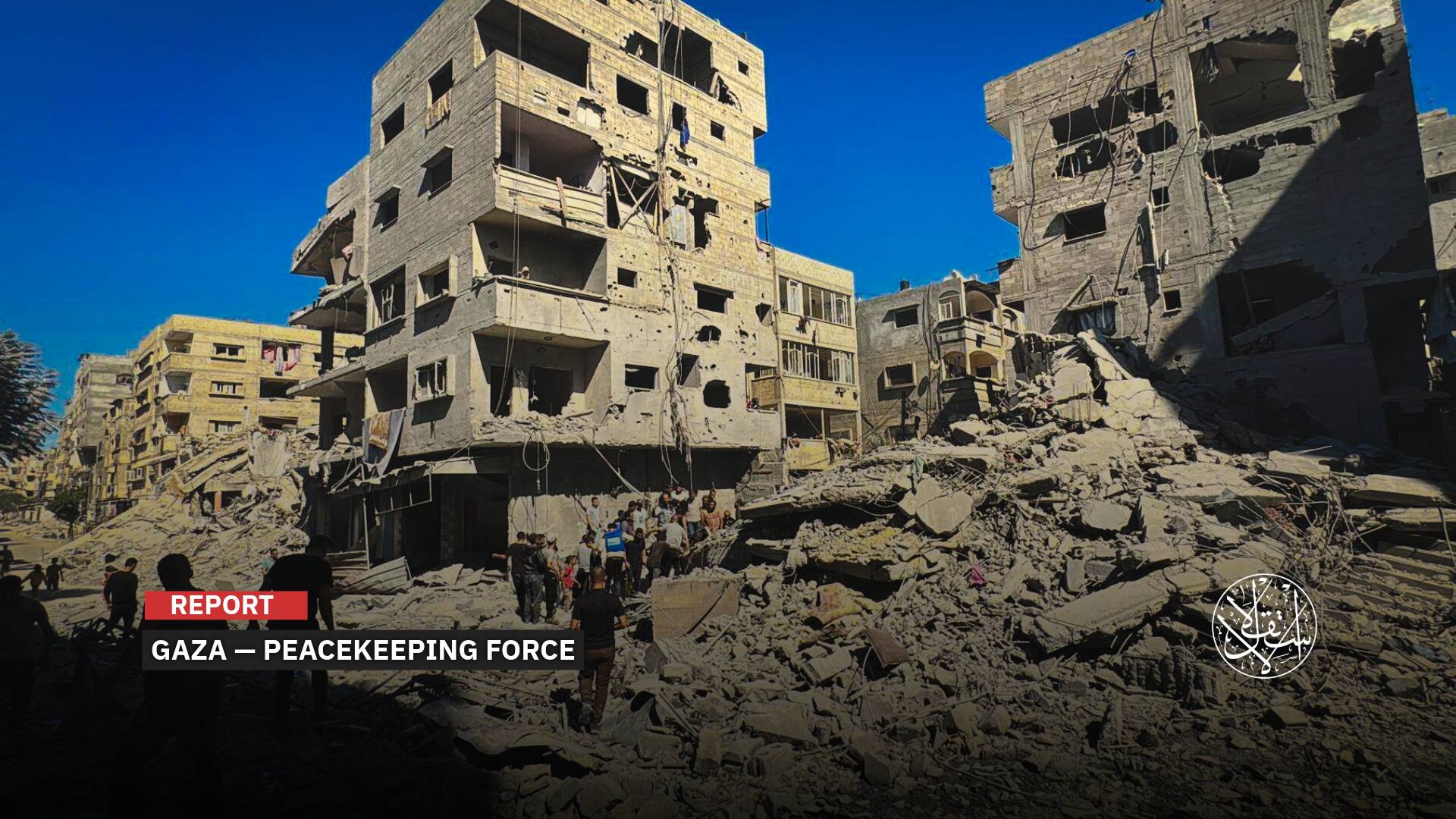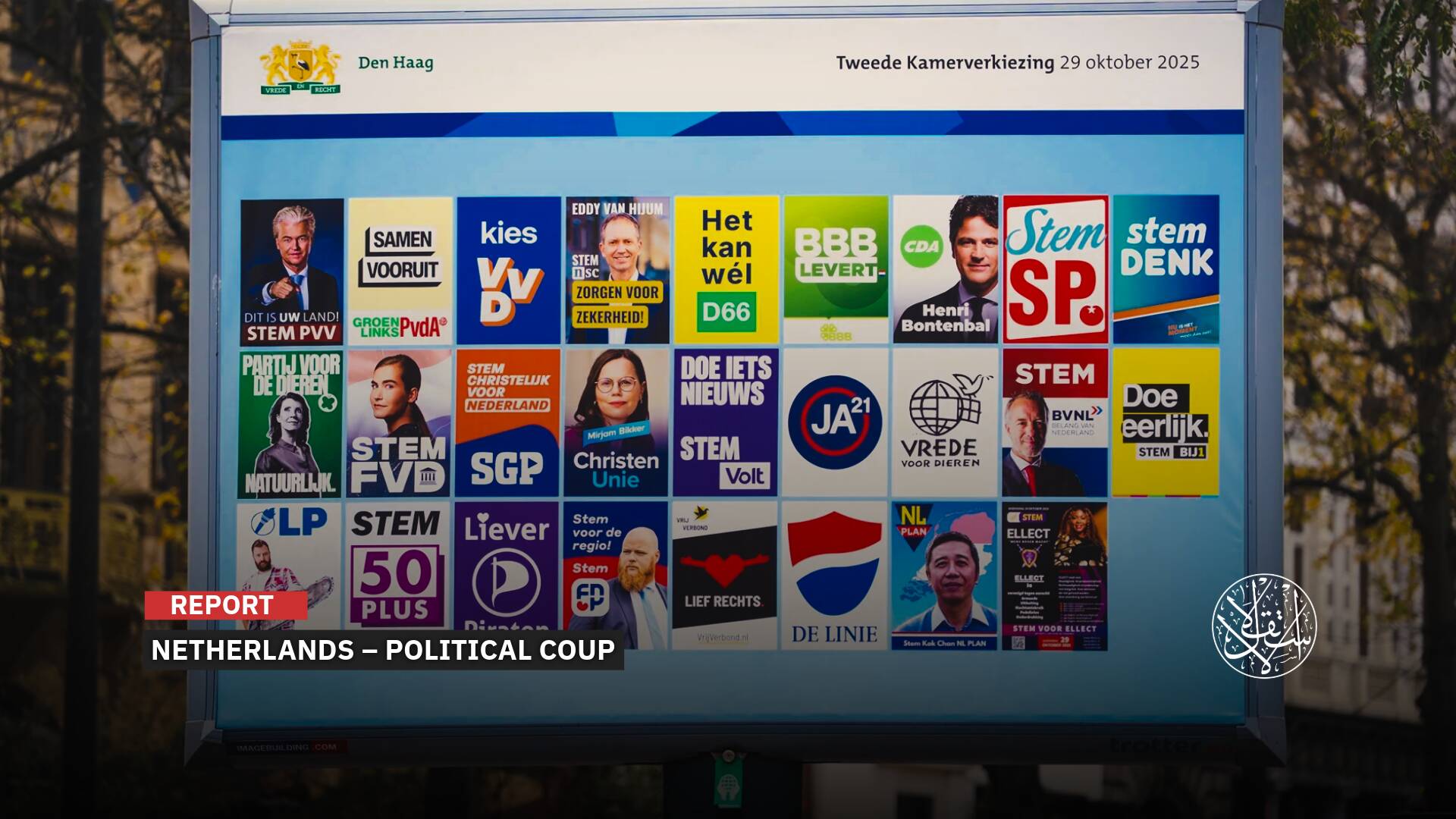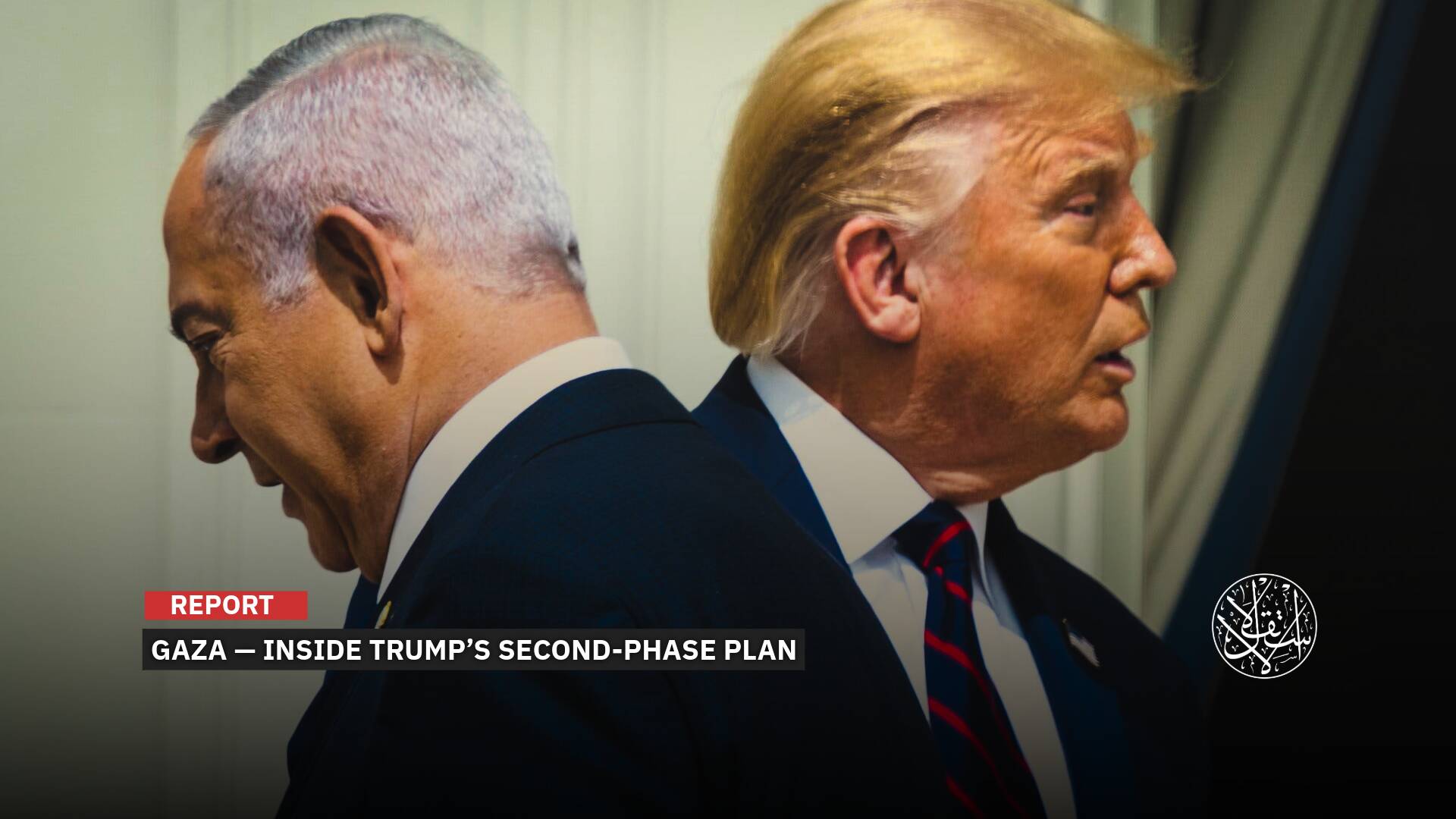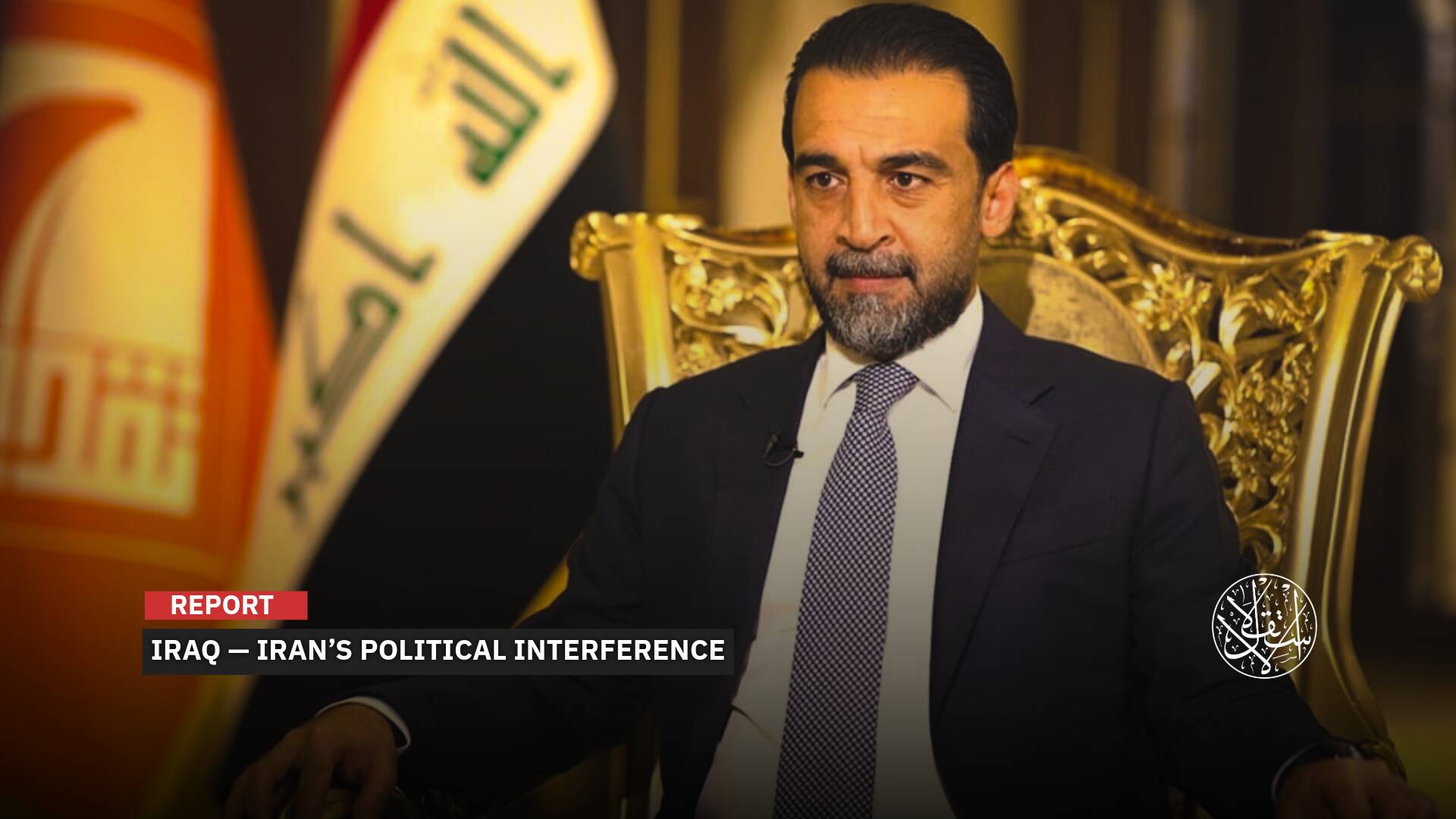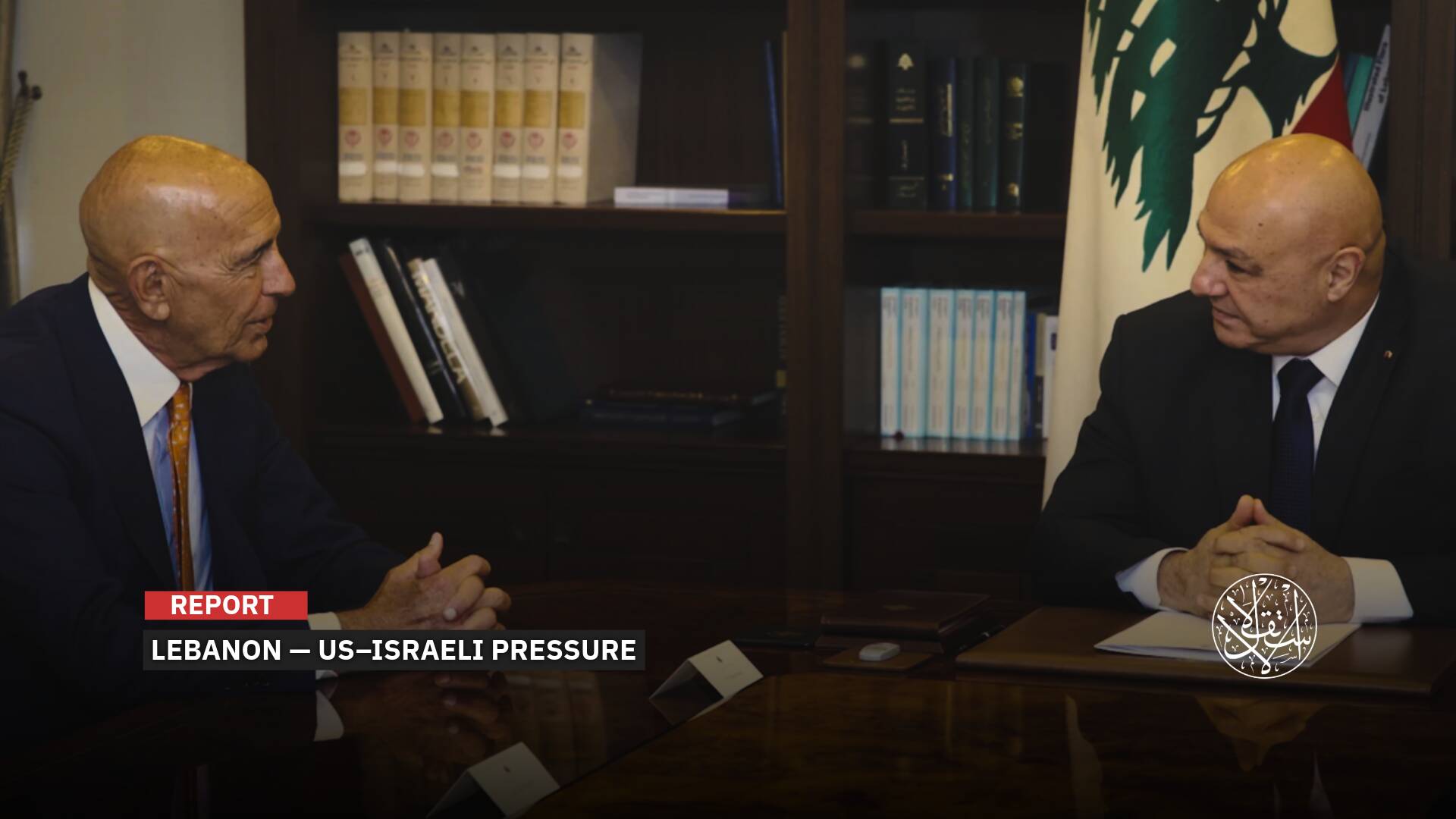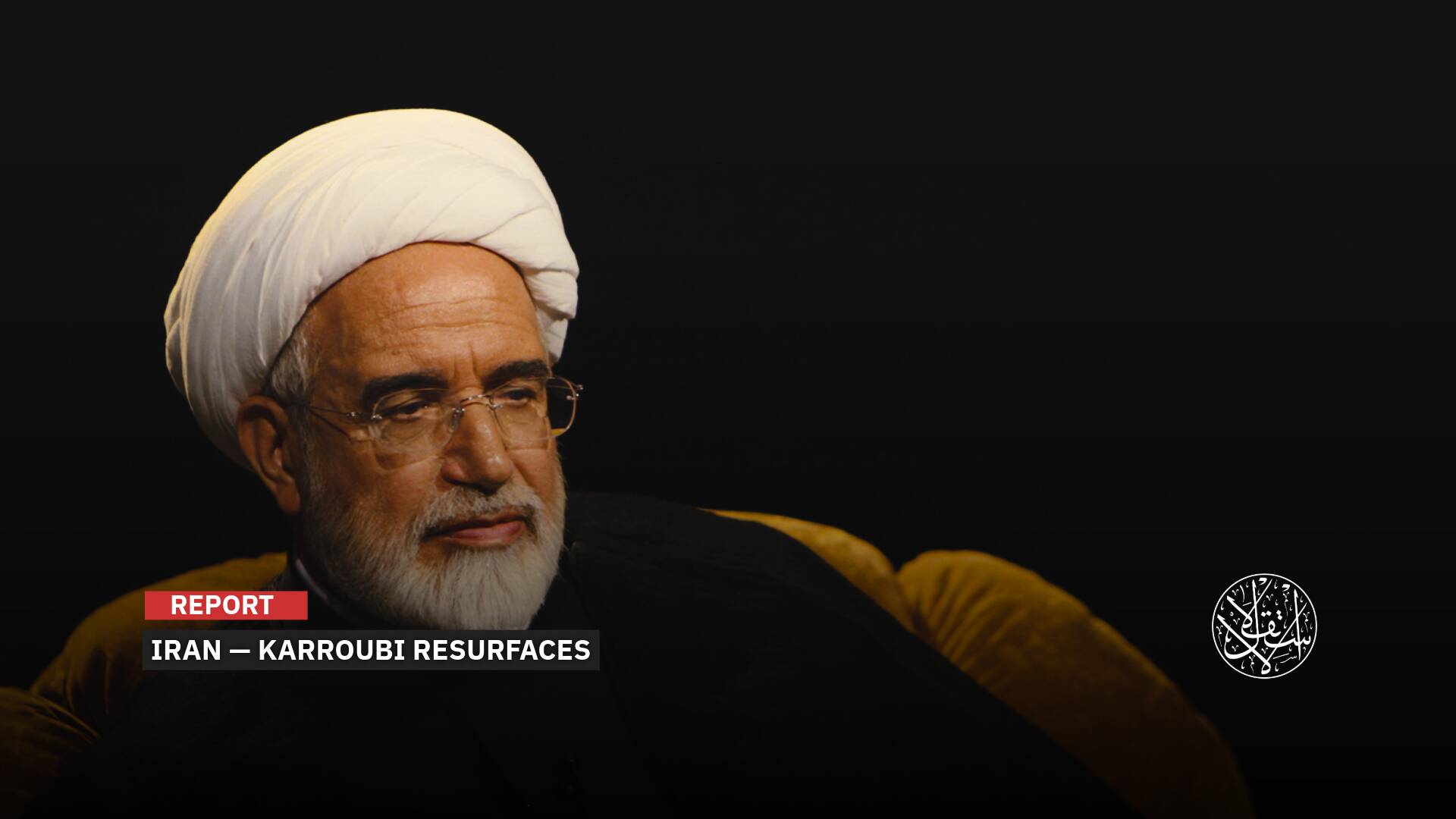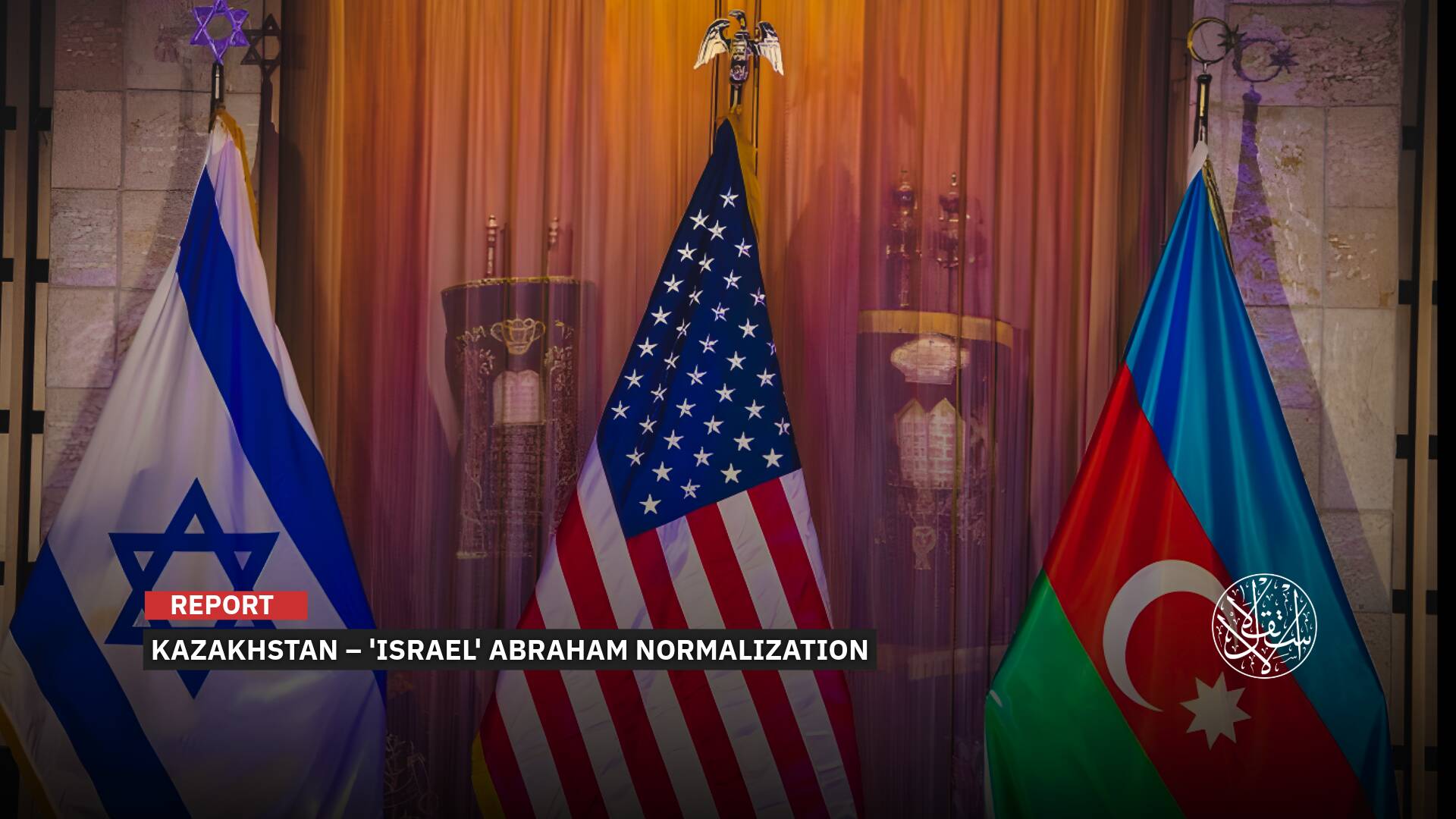The Steel Dome: A System Strengthening Turkiye’s Air Defense

"The Turkish Steel Dome is so advanced that not a single bird will fly over Turkiye without being detected."
Turkiye has undertaken a long and arduous journey in developing its military and defense capabilities, evolving from complete dependence to self-production. It has successfully achieved a significant qualitative leap in its armament strategy, relying on rapid development and domestic technology.
Today, Turkiye stands in a more persistent and independent defensive position, reflecting its broad geopolitical ambitions in a multipolar world.
Steel Dome
In this context, on August 6, 2024, the Defense Industries Executive Committee, led by President Recep Tayyip Erdogan, announced the Steel Dome project.
The committee decided to advance the Steel Dome project to enhance Turkish airspace security and eliminate any aerial threats using weapons and systems developed by national defense industry companies.
The Steel Dome defense project operates through a mechanism where all weapons, sensors, and multi-layered air defense systems work together in an integrated network, leveraging artificial intelligence.
In addition to weapon systems, radar systems and electro-optical systems that perform precise tracking, target identification, and classification will also function cohesively within the Steel Dome.
Together, they will create a comprehensive aerial picture and transmit it using artificial intelligence to operational and decision-making centers.
The Steel Dome will be designed to serve as a “security umbrella” covering the entire Turkish airspace.
It will be capable of responding to aerial threats ranging from very low altitudes to high altitudes and from very short ranges to long ranges.
This will make it the most significant and prominent force in safeguarding the entire Turkish airspace.

Active Companies
Regarding the Turkish defense industry companies responsible for implementing this project, they include Aselsan, Roketsan, and Mechanical and Chemical Industry Corporation (MKE), along with the Defense Industries Research and Development Institute of the Scientific and Technological Research Council of Turkiye (TUBITAK SAGE).
All these companies are working on executing the Steel Dome project, described as a “system of systems” due to its integration of various systems and weapons with different features and capabilities within a single framework.
Local systems developed by these companies will be integrated with each other using artificial intelligence.
According to a report by Anadolu Agency on August 9, 2024, the project will utilize air defense systems developed by the Turkish defense industry company Aselsan, including Korkut, HISAR-A+, Gokdemir, Gokay, Gokbey, Siper, and HISAR-O+.
The leading company Aselsan developed the Korkut system for effective air defense of mechanized units with mobile elements.
The HISAR-A+ missile defense system can neutralize low-altitude aerial threats to provide air defense for moving forces.
The Gokdemir launch system, equipped with locally developed air-to-air missiles, aims to enhance ground-based air defense purposes.
The company also produced the Gokay system to meet current air and ground defense needs at very low altitudes, designed for deployment in fixed installations and border areas.

Advanced Weapons
The Steel Dome system will also incorporate the mobile laser weapon system Gokbey, which will be supported by radar, electro-optical sensors, and radar jamming devices.
Aselsan has developed the HISAR-O+ medium-altitude air defense missile system to perform air defense tasks for static forces and vital facilities against warplanes, helicopters, drones, cruise missiles, and air-to-ground missiles.
The company also created the Siper system to serve as a long-range air and missile defense system.
The national company Roketsan will contribute to the Steel Dome with the directed energy weapon system ALKA, which uses a laser system to neutralize swarms of small and very small drones within a safe range.
Roketsan will also provide the Tower portable air defense system, a new-generation system combining the required dynamics to engage all current and future aerial threats on the battlefield through active and passive sensors.
The Sungur short-range air defense missile system will be used for defending mobile and fixed units and facilities on the battlefield and in rear areas.
The Lefter close-range missile defense system will also protect units and naval vessels against aircraft, helicopters, armed and surveillance drones, and guided missiles, capable of flying near the surface or at high altitudes at subsonic or supersonic speeds in a low radar range.
It is worth noting that the Lefter system has been developed to counter electronic attacks.
The HISAR air defense missiles will contribute to protecting bases, ports, facilities, and military units from aerial threats such as aircraft, fixed-wing and rotary-wing drones, cruise missiles, and air-to-ground missiles.
Among the advanced systems within the Steel Dome is the long-range air and missile defense system Siper, designed to neutralize airborne targets, i.e., those with engines requiring air for fuel combustion, such as cruise missiles and air-to-ground attacks, playing a strong role in proactive deterrence due to its long range.
TUBITAK SAGE
The Defense Industries Research and Development Institute of the Scientific and Technological Research Council of Turkiye (TUBITAK SAGE) will also contribute to enhancing the Steel Dome system.
The institute will participate with the Gokdogan and Bozdogan missiles it manufactures. Additionally, it will provide electronic systems such as the military GPS system “Kashif” and the “KKS” antenna, both of which play an active role in defending Turkish airspace.
Through the institute, the Mechanical and Chemical Industry Corporation (MKEK) will supply the Turkish Armed Forces participating in the “Steel Dome” with all types of weapons, ammunition, missiles, and vehicles.

Integrated Structure
Regarding the Steel Dome system, Sinan Ulgen, Director of the Center for Economics and Foreign Policy Studies (EDAM), spoke to BBC News on August 8, 2024.
He stated that this plan, announced at the recent meeting, should be viewed as a doctrine rather than just a single project.
The Steel Dome represents an integrated structure forming Turkiye’s long-range air and missile defense doctrine. With this dimension, it will also serve as a guiding framework for deepening investments in the defense industry, according to Ulgen.
The EDAM director highlighted that Turkiye's local defense industry has the efficiency required to achieve such a grand project.
“Five years ago, these capabilities did not exist. However, today, there are local systems for low and medium-altitude air and defense systems, drones, and satellites owned by Turkiye,” Ulgen said.
“Thus, this more integrated structure has provided Turkiye with the opportunity to create multiple systems, such as the Steel Dome,” he added.
In his overall assessment of the project, Ulgen noted that the name of the Turkish system is somewhat reminiscent of the Iron Dome of “Israel,” which is known for implementing this concept effectively.
“Given the current state of warfare technologies, especially with the Israeli-Iranian tensions in the Middle East, the importance of missile and air defense has increased, as we observe a significant intensity of aerial and missile attacks in short-range wars,” he concluded.

Greek Concerns
On August 8, 2024, Anadolu Agency published a report detailing the significant interest in the Turkish new air defense system, Steel Dome, which has attracted substantial attention in Greek media.
The report noted that major Greek newspapers and television channels covered this system in detail, highlighting its advanced capabilities and its potential impact on regional balance.
It added that Greek media sources described the capabilities of the Steel Dome as so advanced that not even a bird could fly in Turkish airspace without being detected, indicating a high level of protection for Turkish airspace.
S-400 Crisis
With the domestically produced Steel Dome system, Turkiye is set to become more independent in safeguarding its national security through air defenses.
This recalls past crises faced by Ankara due to similar steps, including the issue of purchasing the Russian S-400 air defense system, which angered the United States and the European Union.
On July 14, 2019, the administration of then-President Donald Trump imposed a series of sanctions against Turkiye in response to its purchase of the Russian S-400 system.
Among these measures was the termination of the training program for Turkish pilots in the U.S.
On March 10, 2020, the Turkish newspaper, Star, reported that Washington's negative response to Ankara's request to purchase Patriot air defense systems led Turkiye to acquire Russian S-400 missiles, which angered Washington and prompted it to threaten Turkiye.
The newspaper discussed Turkiye’s desire to acquire advanced and deterrent air defense systems, stating that Turkiye faces a threat from ballistic missiles and therefore sought a NATO air defense system. In 2013, it installed SAMP-T missile systems in Adana and Kahramanmaraş.
However, this solution was seen by Turkiye as temporary, and it wanted a permanent and strategic solution. Thus, the installation of NATO missiles in these two cities did not convince Ankara significantly, according to the newspaper.
The newspaper, also, noted that due to these obstacles, the idea emerged to start developing and producing an air defense system, so that Turkiye’s decisions would not be dependent on another country.
Years later, the decision to launch the domestically produced Steel Dome system marked a significant leap in Turkiye's national security framework, distinguishing it from Eastern and Western influences and enhancing its ability to protect its own security.
Sources
- Defense Industry President Gorgun's "Steel Dome" evaluation [Turkish]
- Good news from SSIK: What is a Steel Dome? [Turkish]
- SSB Haluk Gorgun's statement on Steel Dome [Turkish]
- The new player in the Homeland's skies: Steel Dome [Turksih]
- How will the 'Steel Dome' air defense system work and why is it important? [Turkish]


